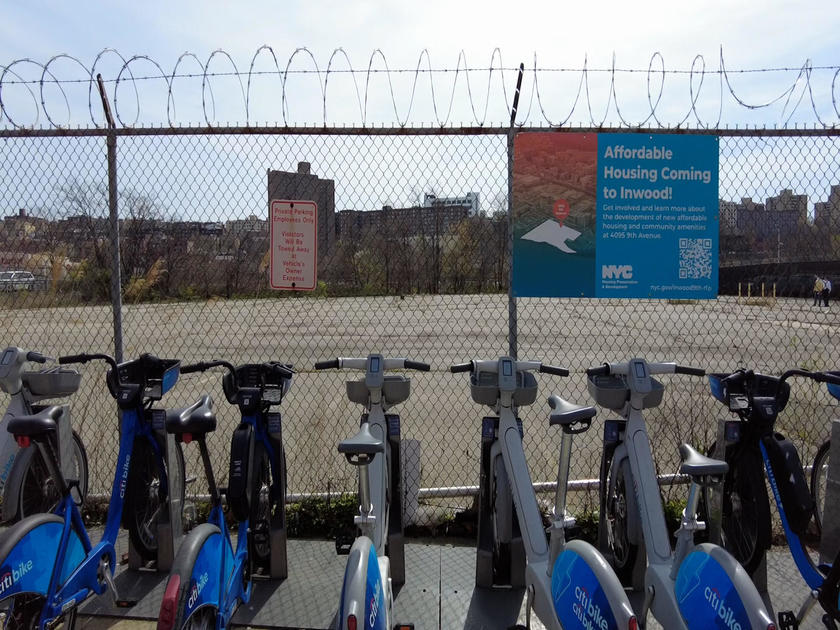Dyer: Horse Racing Lost Fans Saturday With A Miserably Run Belmont Stakes
By Kristian Dyer
» More Columns
California Chrome lost a chance at sporting immortality in Saturday's Belmont Stakes, a distant fourth meaning that horse racing's Triple Crown drought will drag on for at least one more year. But the sport also lost big on Saturday. And it was off the track, not on it, that will turn fans away.
Traffic jams, a mess with mass transportation and food and water shortages mean that fans won't be coming back to Belmont Park anytime soon, if ever. The "Sport of Kings" treated fans at Belmont like paupers.
With an announced crowd of 102,199 marking the third-highest attendance in Belmont Park history, there was sure to be some problems and glitches. Fans poured into the turnstiles on Saturday morning, hoping to see history. Eight hours later, what they saw and experienced would turn them off from the sport, perhaps for good.
To be perfectly clear, any major sporting event will see its share of issues. But what unfolded on Saturday night was akin to crowd control in a third-world nation, with tens of thousands of fans turned onto the street with no contingency plan and no order.
At roughly 8:30 p.m., with the final race of the day done -- there were two races held after the Belmont Stakes to finish off the card for the day -- roughly 20,000 fans headed to the exits, expecting delays and to stand in long lines for the Long Island Railroad (LIRR). After roughly 40 minutes where the line moved approximately 10 yards -- the stretch of humanity went from the train tracks to well inside the stadium -- relief seemed to be in sight. The crowd was told by uniformed police officers to head to the lower level and it was assumed that a plan was in place to help them move off site.
Instead of a cohesive exit strategy, there was no direction why other than, "We were told to shut this thing down."
So fans moved out -- not knowing where to exit, where to get a train, if they were still running or where to get a bus.
People hit their cellphones, many of which had low-battery levels, to call frantically and try to get a ride or figure out a way home. Some just sat on the curbs, heads down and looking despondent. After a long day where they had emptied their pockets at Belmont Park, track officials emptied these people onto the streets with no concern for their well-being. This was evidenced in the lack of planning done for an event this size.
They knew it was coming, as officials gleefully reported a sold-out track weeks before the race was run. But they put together a plan that failed to care for their hard-working and dutiful fans.
That's assuming there was much of a plan at all. By the look of things, there wasn't.
As fans streamed downstairs after hoping to grab the train, police stood by idly, unable to answer questions with what to do or where to go. Outside the stadium, fans then began to clog the roadway where drivers were attempting to exit the park, creating more traffic. Flocks of fans moved one way and then another, hearing rumors of buses. There were no trains and even if there were, the people by now were herded downstairs and unable to access the tracks.
And the promise of bus transportation never materialized --or certainly not en masse -- forcing fans to begin to wonder through neighboring communities. Questions to the police were met with shrugs, and one officer rolled up his window when asked for directions by a confused fan.
There was no signage, no direction -- just chaos. Perhaps track officials were too busy with the sound of coins and cash to hear the chaos just outside Belmont Park.
This confusion by late evening was compounded by the fact that many of the concession stands had run out of food and water by late afternoon, leaving fans hot, tired and dehydrated. Forced out into the streets in this condition with no idea where to go, people were forced to scour to find a taxi in an effort to get home. Often they paid several hundred dollars to get to New York Penn Station, but ended up sitting in more traffic.
It was a scene that Belmont Park may not be able to recover from in the eyes of the public.
Why a sports fan would return to this event, having parted with his hard-earned money only to be cheap-skated by the New York Racing Association (NYRA), explains in part why the horse-racing industry struggles today. This event was sold-out since late May and the expectation of a crowd in the six-figures was well-known days before the event. To not have adequate resources to feed and care for fans is one issue, but not having a plan adequate to handle the crowds is another thing.
At its core, the duty of stadium officials and the NYRA should be the reasonable delivery of services to their fans. Those who purchased round-trip tickets on the LIRR to get to the park should have the expectation to use that ticket for a return trip and not be shut out from rail services. And then to send the crowd out of the stadium with no direction, no purpose -- forced to find their way home without mass transportation and with no sense of caring -- shows exactly how short-sighted track officials are these days.
No direction. No plan. Just a day of record tallies for the NYRA.
At the exact same time that fans wandered around, looking for a way home, the NYRA issued a press release touting the third-largest crowd in Belmont Park history, as well as the largest track handle ever at the facility – in fact, the association called it a "smashing hit." But with all those millions pouring in, the fans who contributed to that handle were shuttled out with no concern or care. They won't return, nor should they.
Belmont Park and the NYRA lost more than a chance to see history on Saturday evening. They lost fans, and have only themselves to blame.
Kristian R. Dyer writes for Metro New York and contributes to Yahoo! Sports as well as WFAN. He can be followed @KristianRDyer.
You May Also Be Interested In These Stories



